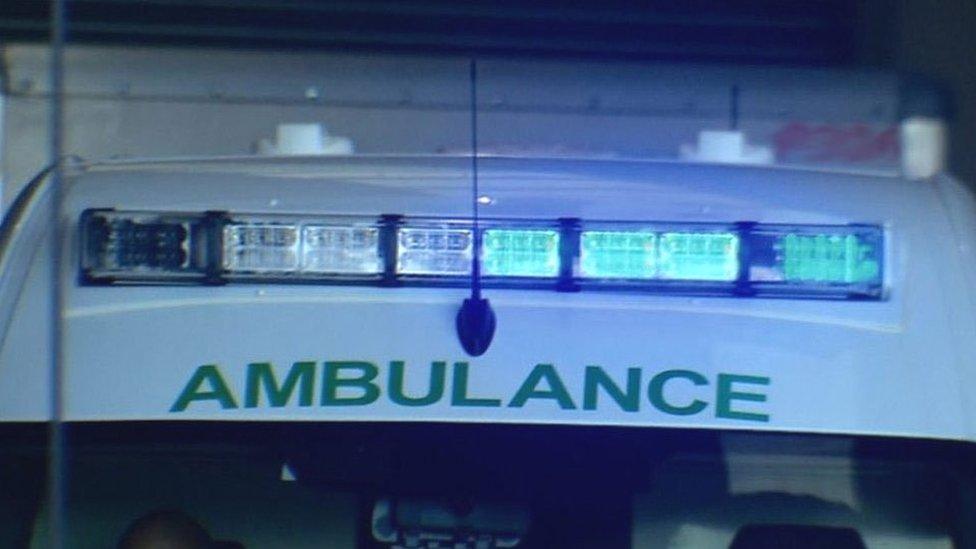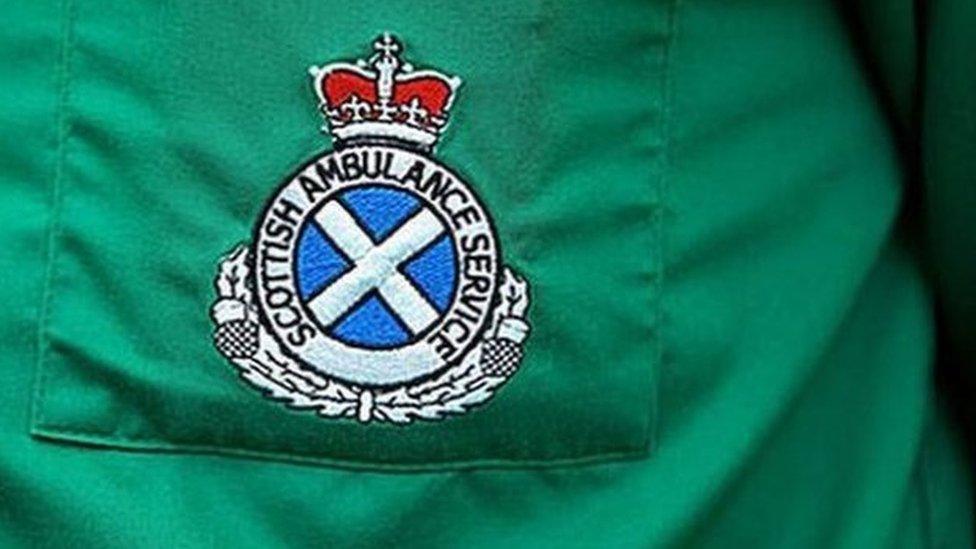Concern over ambulance response times in rural areas
- Published

Concerns have been raised about ambulance response times in rural areas of north east Scotland.
Scottish Ambulance Service figures show the average time taken to attend a 999 call in Turriff between January and October last year was 18 minutes.
The national target time is eight minutes.
North East Scotland MSP Peter Chapman said more needed to be done. The Scottish Ambulance Service said the most serious calls were prioritised.
The average time was 15 minutes in Aboyne and the Mearns.
However, the average for Grampian was under seven minutes.
'Every second counts'
Conservative MSP Mr Chapman said: "These figures highlight once again the poor level of cover experienced by parts of the north east.
"Our first responders do a terrific job, but the response time can often depend on the proximity of the nearest ambulance station.
"Towns like Turriff, for example, suffer some of the worst times.
"In life-threatening emergency situations, every second can count. For most people, ambulances are at the scene in less than eight minutes, but that extra time could be the difference between life and death."

A Scottish Ambulance Service spokesperson said: "We prioritise the sickest, most seriously ill patients and as a result of this approach, we have almost doubled survival rates for cardiac arrest patients since 2013.
"For less ill patients, our call handlers may spend a little more time with the patient to better understand their condition and ensure we get the right - not necessarily the nearest or quickest - response to the patient first time.
"In remote areas of Scotland, we have a range of resources we can deploy depending on the nature of the incident from rapid deployment of our network of community first responders, to air support, ambulance crews, paramedic response units or other emergency services if they are nearby.
"We are currently training an additional 1,000 paramedics across Scotland who will further increase our capacity, whilst our £78m investment programme is introducing 1,000 new vehicles between 2016 and 2020."
'Clinical expertise'
A Scottish government spokesperson said: "The ambulance service is currently reviewing demand and capacity at a national level to continue to ensure resources are in place to meet the needs of local communities.
"While response times are important, it is the clinical expertise of our ambulance crews which save lives and the new response model being piloted by the service since 2016 is focussed on improving outcomes for patients rather than focusing on the time taken to respond.
"The model is already credited with saving 62 additional lives."